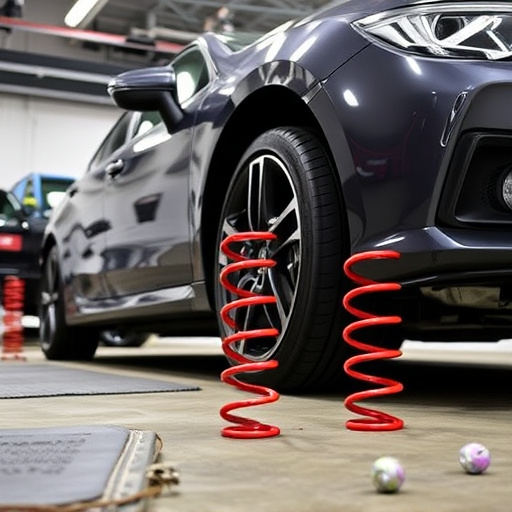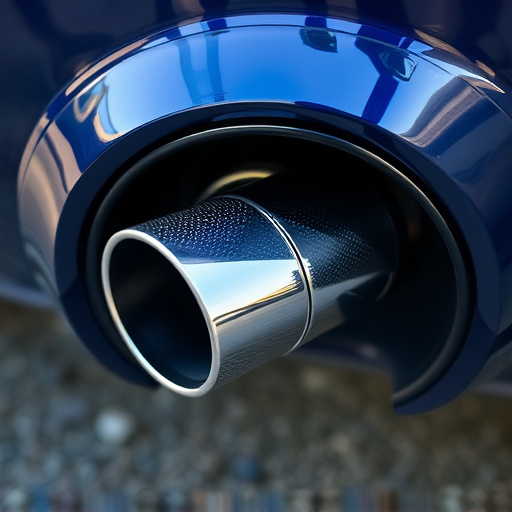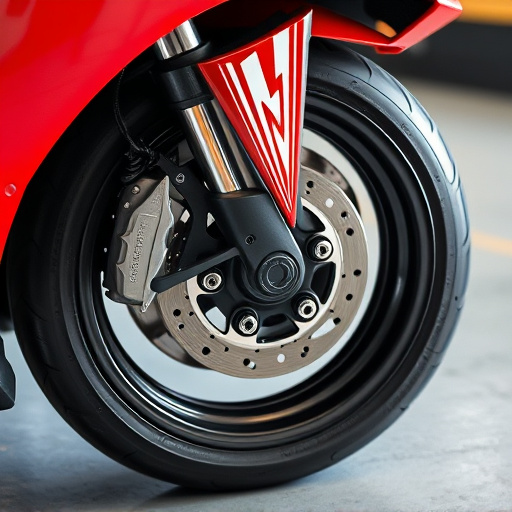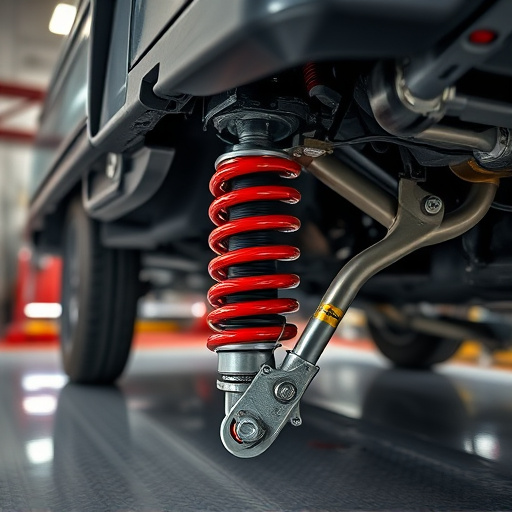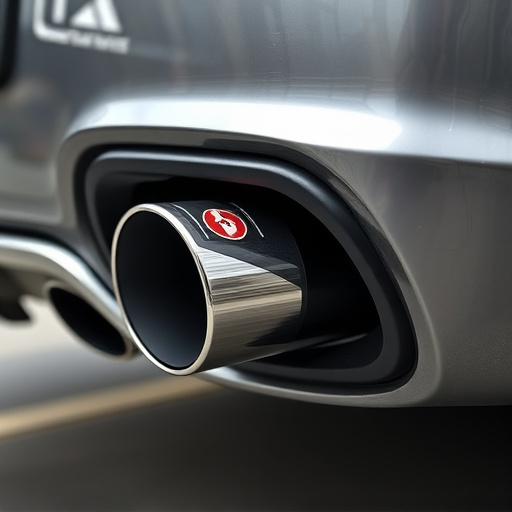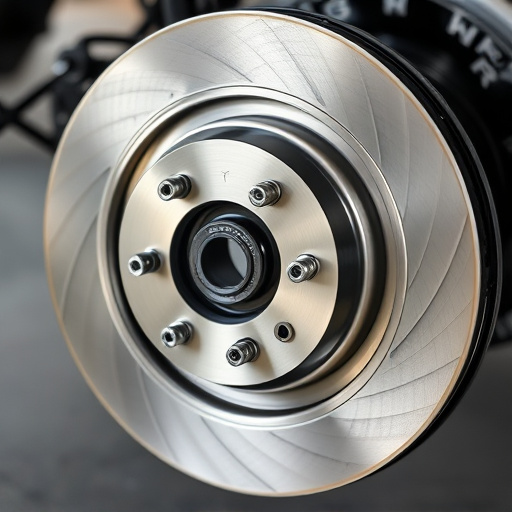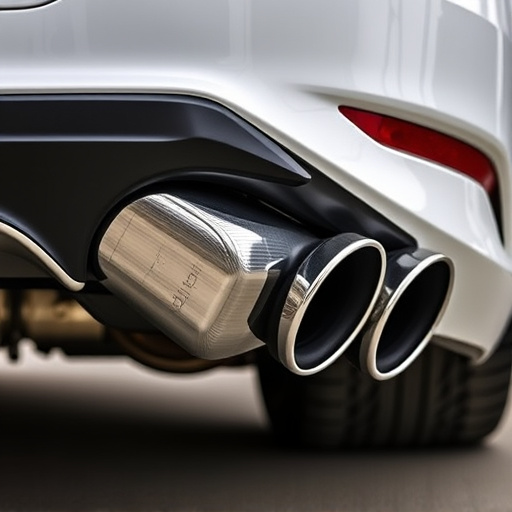Dry air filters offer superior performance over wet filters by capturing fine contaminants, extending lifespan due to reduced clogging, and improving vehicle health for high-performance components. Installation is simple, involving cleaning or replacing the filter regularly for optimal engine performance and fuel efficiency, resulting in enhanced driving experience and longer component lifespan. Adopting a dry air filter is a strategic choice for maximizing vehicle potential and protection.
In today’s digital era, routine vehicle maintenance is easier than ever with the introduction of innovative solutions like dry air filters. This simple yet powerful component offers a multitude of benefits, from improved engine performance to enhanced fuel efficiency. Understanding and incorporating dry air filters into your regular maintenance regimen can significantly extend engine life and reduce costly repairs. This article breaks down everything you need to know about these filters, including installation, maintenance, and their remarkable impact on vehicle efficiency.
- Understanding Dry Air Filters: Basics and Benefits
- Installation and Maintenance: A Step-by-Step Guide
- Enhanced Performance: How It Improves Vehicle Efficiency
Understanding Dry Air Filters: Basics and Benefits
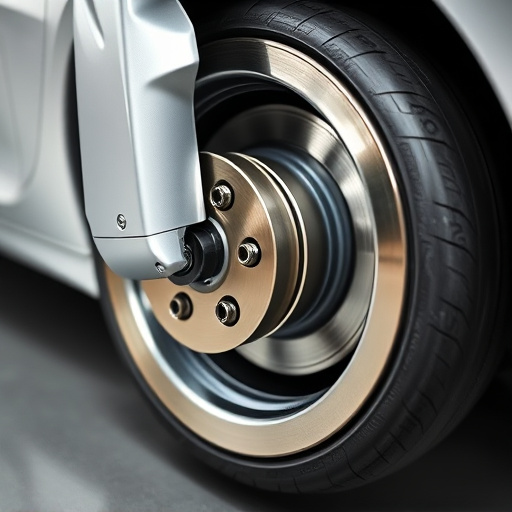
Dry Air Filters are a relatively new addition to vehicle maintenance routines, offering significant advantages over traditional wet filters. These filters operate by trapping contaminants and particles in a dry medium, typically a combination of synthetic materials designed to capture even the smallest debris. Unlike wet filters that rely on a bath of oil or fluid to capture dust and dirt, dry air filters provide several key benefits.
One of the primary advantages is their longevity. Dry filters are less prone to clogging, which significantly extends their lifespan. This reduces maintenance frequency, saving time and money in the long run. Additionally, they contribute to improved vehicle performance by ensuring clean, unobstructed airflow to the engine. Unlike wet filters that can become clogged with moisture and reduce engine power, dry air filters maintain optimal performance, enhancing overall vehicle health alongside other high-performance components like exhaust mufflers and brakes.
Installation and Maintenance: A Step-by-Step Guide
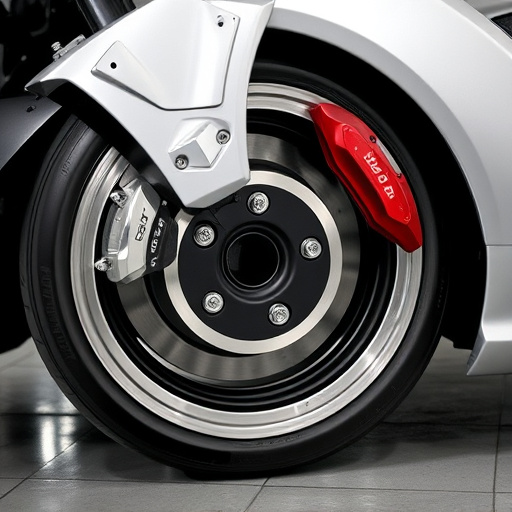
Installing a dry air filter is a straightforward process that can significantly impact your vehicle’s overall health. Here’s a step-by-step guide to ensure a hassle-free installation:
1. Park your vehicle on a level surface and engage the parking brake for safety. Open the hood and locate the air filter housing, usually found near the engine. Identify the old filter; it might be dirty or clogged with debris. Remove any screws or clamps securing the housing in place. Gently pull out the existing air filter, taking note of its orientation to ensure proper installation later.
2. Take the new dry air filter and compare it with the old one to confirm a correct fit. Clean the air filter housing thoroughly, removing any dust or dirt accumulated over time. Ensure all surfaces are free from contaminants. Reinstall the new filter, aligning it precisely as per the manufacturer’s instructions. Secure the housing using the appropriate screws or clamps, tightening them gently but firmly. Verify that the filter is snugly in place and properly sealed to avoid air leaks. Regular maintenance involves periodic cleaning or replacement of the dry air filter, depending on driving conditions and vehicle usage. Remember, keeping your brake components and performance air filters clean ensures optimal engine performance and enhances overall vehicle efficiency.
Enhanced Performance: How It Improves Vehicle Efficiency
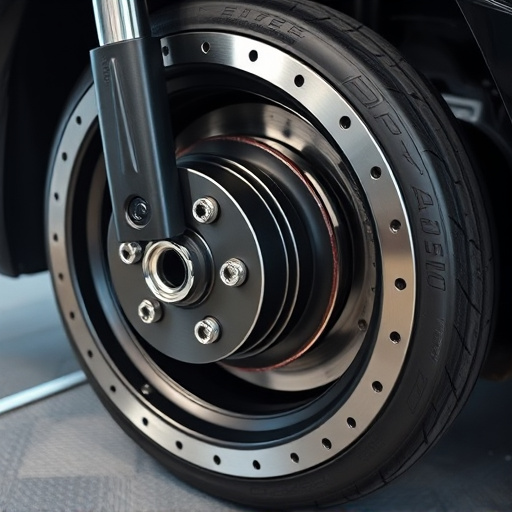
A dry air filter plays a significant role in enhancing vehicle efficiency, ultimately improving overall performance. By ensuring clean and dry air enters the engine, it allows for optimal combustion, which leads to better fuel burning. This simple upgrade can result in improved horsepower and torque figures, making your vehicle feel more responsive and efficient on the road.
The impact of a dry air filter extends beyond power output; it also benefits other critical suspension components. Clean air provides sustenance to various mechanical parts, reducing wear and tear over time. This is particularly beneficial for high-performance vehicles, where top-tier suspension kits rely on consistent airflow to maintain stability and control during driving. Thus, adopting a dry air filter not only contributes to better vehicle performance but also extends the lifespan of expensive suspension upgrades.
A dry air filter is a simple yet powerful addition to regular vehicle maintenance routines. By investing in this component, drivers can expect improved engine performance and efficiency, as well as reduced maintenance costs over time. The installation process is straightforward, allowing for easy DIY upgrades. Embracing this innovation ensures your vehicle breathes clean air, contributing to both optimal performance and environmental sustainability.





